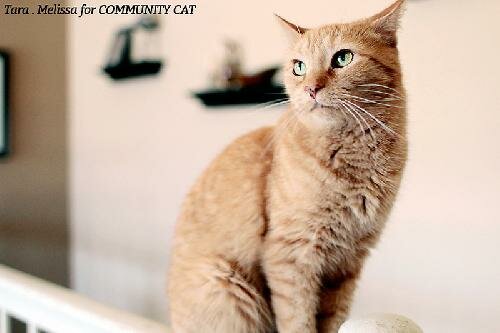In one of the two colonies studied by Litster, FIV was not transmitted between infected and non-infected cats during normal interaction in a shared living environment over a period of months to years. In the second rescue, Litster’s work also indicated that FIV was not transferred to kittens when their mothers were infected with the disease prior to giving birth.
While Litster’s conclusions appear ground-breaking, the truth about how FIV is transmitted between cats remains the same, meaning the disease is transmitted when an infected cat bites another feline and breaks the other cat’s skin. Because of this, Litster’s report also definitively states that caution should be taken when introducing FIV-positive cats to other felines to ensure the animals do not act aggressively toward one another.
Litster’s article documents FIV-positive and FIV negative cats living together harmoniously without the disease being transmitted among the group’s members “despite unrestricted access to one another, mutual grooming, minor episodes of aggression and sharing food and water dishes, litter pans and bedding”. Litster also suggests that her “study findings could have implications for the recommendations made by veterinarians and shelter staff asked to advise cat owners or adopters contemplating co-housing FIV-positive and FIV-negative cats and to shelters caring for litters of kittens born to FIV-positive queens.”
In other words, some of the public’s widely-held beliefs about FIV-infected cats threatening the well-being of non-infected felines might need to be revisited, since it is possible for non-infected cats to live with infected cats without transmitting the virus, if the cats are not aggressive with one another. This also means that cats who would otherwise have been euthanized because of their illness no longer have to be needlessly killed as we now have evidence that they are not always dangerous to their brethren."
-Cindi Ashbeck


 RSS Feed
RSS Feed